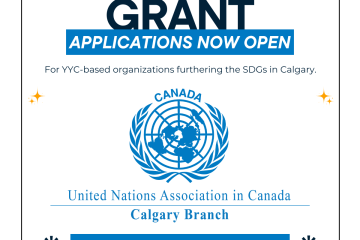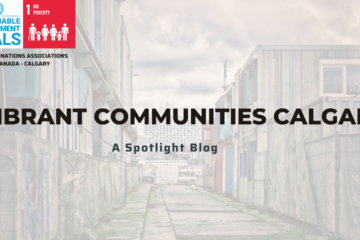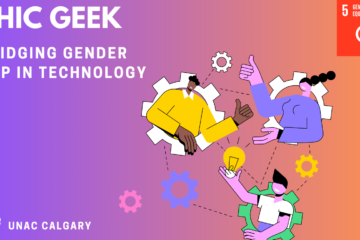Groundwater: Making visible what is hidden

Source: worldwaterday.org
From the world’s least developed countries like the South of Chad, to the many First Nations communities in Canada, people are suffering from the global problem of access to drinkable water.
On March 22, the United Nations observes ‘World Water Day’ and aims at building awareness over the fact that more than two billion people worldwide live without access to safe water.
This year the theme is focused on groundwater, which is one element of the hydrologic cycle that usually stays hidden from people’s conversations.
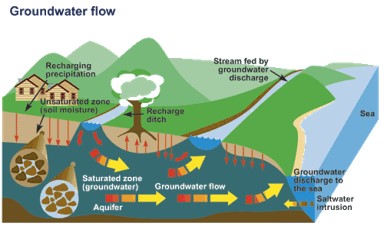
Source: Government of Canada
Groundwater is invisible to most people, yet the impact is visible everywhere given that “almost all the liquid fresh water in the world comes from groundwater, supporting drinking water supplies, sanitation systems, farming, industry and ecosystems.”[i]
Groundwater defined
Groundwater is critical for humans and the well-being of the world’s ecosystem. The United Nations defines it as the “water found in aquifers, which are geological formations of rocks, sands and gravels that hold substantial quantities of water. Groundwater feeds springs, rivers, lakes and wetlands, and seeps into the oceans. It is recharged mainly from rain and snowfall infiltrating the ground.”[ii]
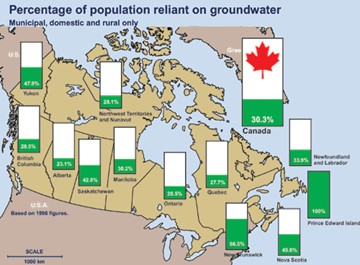
Percentage of the Canadian population reliant on groundwater. Source: Government of Canada
Ground water in Canada
Groundwater is the sole source of water for drinking, washing, farming and manufacturing for one quarter of Canadians. In fact, 8.9 million people, or 30.3 per cent of the population, rely on groundwater for domestic use only.[iii] Moreover, two thirds of the Canadians relying on groundwater live in rural areas, and provinces like Alberta, Saskatchewan, and Manitoba, use groundwater for agricultural industry and livestock watering, while in British Columbia, Quebec and the Northwest Territories, groundwater is destined to industry; and in Newfoundland and Nova Scotia, it is meant for rural domestic use.[iv]
Groundwater is a critical resource in Alberta, where for more than 600,000 rural Albertans – that is 90% of households– depend on groundwater for drinking water purposes and simultaneously it helps to maintain lake levels and river flows.[v] However, as stated by the United Nations: “In many places, human activities over-use and pollute groundwater. In other places, we simply do not know how much water is down there.” For example, according to the Pembina Institute in Alberta, “very large volumes of saline water and other forms of waste from drilling, exploration, and production have been injected into deep saline aquifers for many years. If these aquifers are not deep enough or are in communication with non-saline aquifers, contamination of fresh groundwater could occur.”[vi] Simultaneously, “excessive withdrawals from groundwater can trigger unwanted hydro-chemical changes, leading to the requirement for expensive treatment for domestic use.”[vii]
The United Nations considers that groundwater will play a crucial role in adapting to climate change, and it is crucial to work together to sustainably manage this precious resource.
In Calgary for example, we are already seeing the effects of less precipitation in the Bow River, which in November 2021 recorded a significant drop in its flow. John Pomeroy, the Canada Research Chair in Water Resources and Climate Change at the University of Saskatchewan, found that “The Bow River’s flow level is in the lowest quarter of all observations in the 125 years that the Water Survey of Canada has measured the river.”[viii] The researcher explained that the reason why the flow is so low is because of the reduced amount of groundwater discharging into the river, due to the drought conditions during the summer of 2021. Furthermore, if this situation extends through 2022, it could pose a significant challenge to the water supply of southern Alberta’s irrigation districts and their communities.[ix]
Doing our part
To sum up, by for World Water Day 2022, we realize that groundwater may be out of sight, but it must not be out of mind. Furthermore, there is much that we can do in our households to improve the quality of accessible groundwater in our communities while mitigating the negative effects of pollution and over-exploitation of this precious scarce resource.
We can do much to foster the Sustainable Development Goal (SDG) 6: Water and Sanitization for all by 2030. We can contribute significantly to improve the quality of life of many Canadians. Together we can spread values that have a positive impact on the environment and influence decision-makers.
We can act by considering the water-energy nexus, thereby reducing the amount of water we use in our everyday activities by taking shorter showers, by capturing rainfall from our rooftops and then using it for watering yards, by reducing our consumption of energy at home, by turning off the lights we do not need and the appliances we are not using.
To learn more about what you can do in Calgary to improve the well-being of the groundwater reservoirs, visit the City of Calgary’s water conversation website or learn about and receive advice on how to save water and pollute less, through local organizations like Green Calgary.
“In the entire water pollution problem, there is probably nothing more disturbing than the threat of widespread contamination of groundwater.… Pollution of the groundwater is the pollution of water everywhere.” Rachel Carson, 1962
—————
About Leonardo Conde Fernandez
Leonardo is a seasoned professional, with MSc. in Sustainable Energy Development from the University of Calgary, and a B.A. in International Relations from the ITAM in Mexico City, with a background in policy analysis, risk management, and public administration. His focus areas are sustainability frameworks (including the UN 2030 Agenda), climate change mitigation and adaptation strategies, energy, and strategic studies. Connect with Leonardo on LinkedIn.
————————
Resources and references
- [i] World Water Day 2022 Fact Sheet, United Nations in: https://www.worldwaterday.org
- [ii] Loc. Cit.
- [iii] Government of Canada in: https://www.canada.ca/en/environment-climate-change/services/water-overview/sources/groundwater.html
- [iv] Ibid.
- [v] Groundwater Alberta in: https://www.alberta.ca/groundwater-overview.aspx
- [vi] Alberta Wilderness Association, https://albertawilderness.ca/issues/wildwater/groundwater/
- [vii] Loc.Cit.
- [viii] Historically low water level on Bow River concerning, water scientist says, CBC News, Nov 19, 2021, in: https://www.cbc.ca/news/canada/calgary/bow-river-level-winter-1.6255449
- [ix] Loc. Cit.
